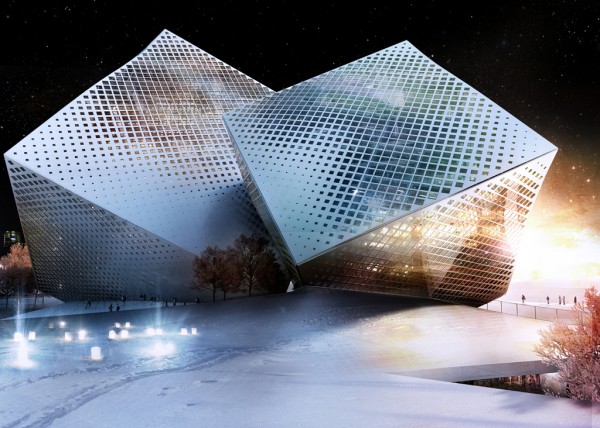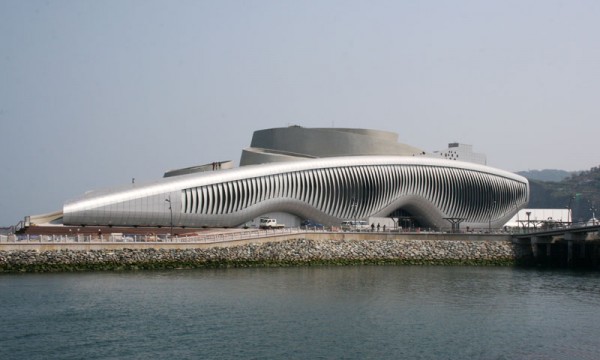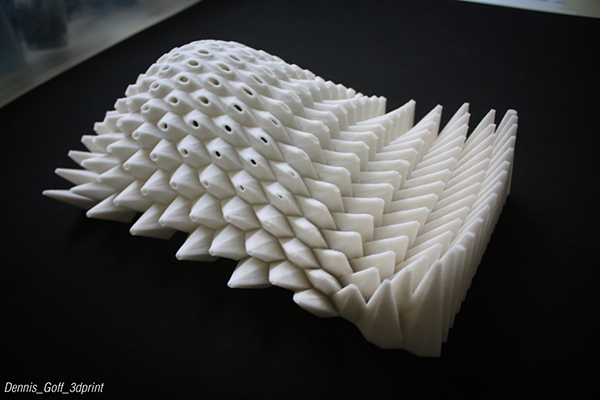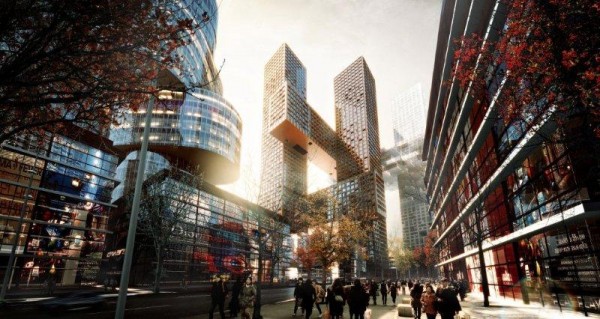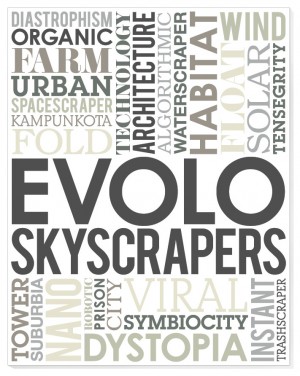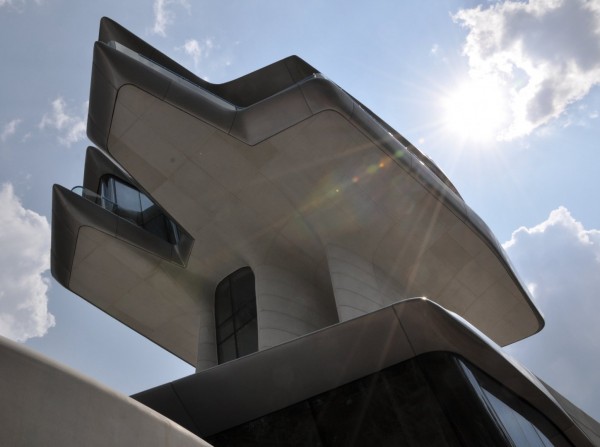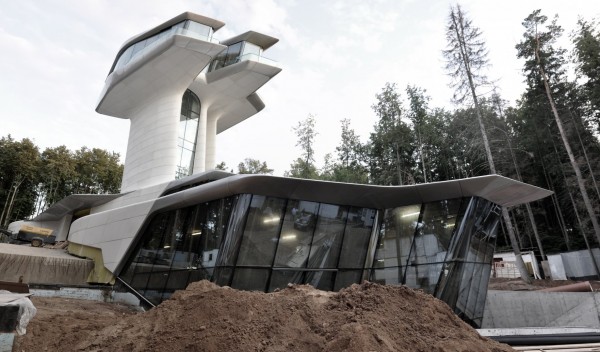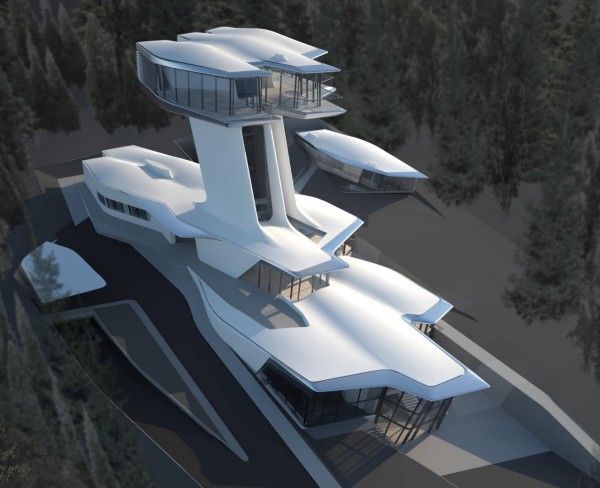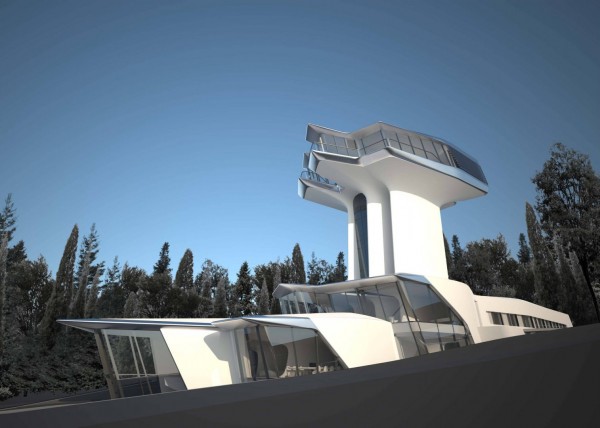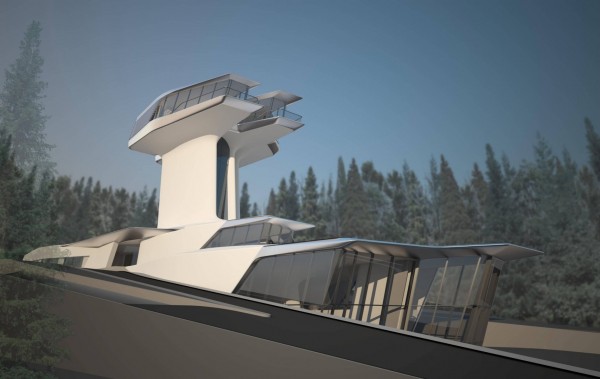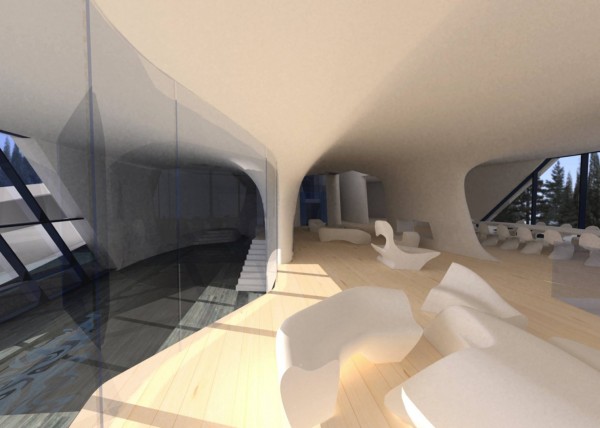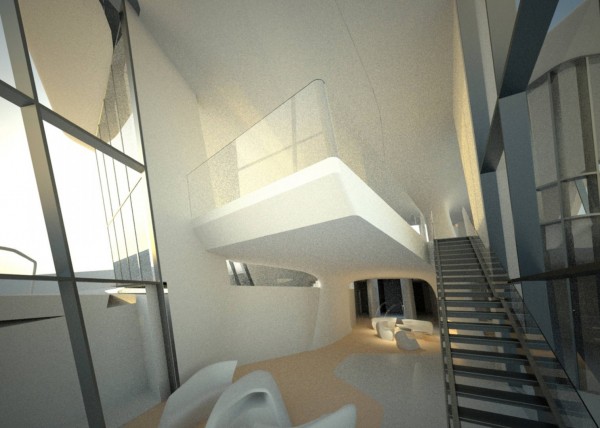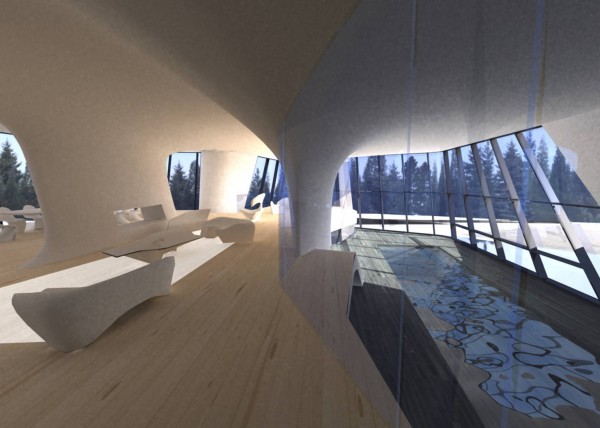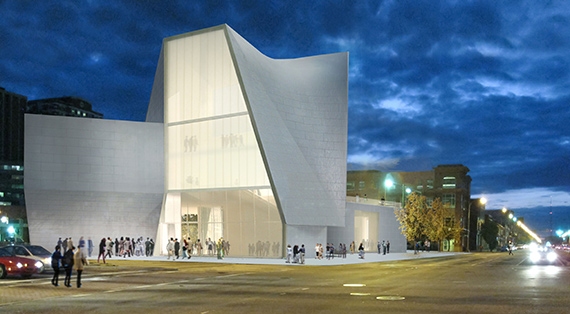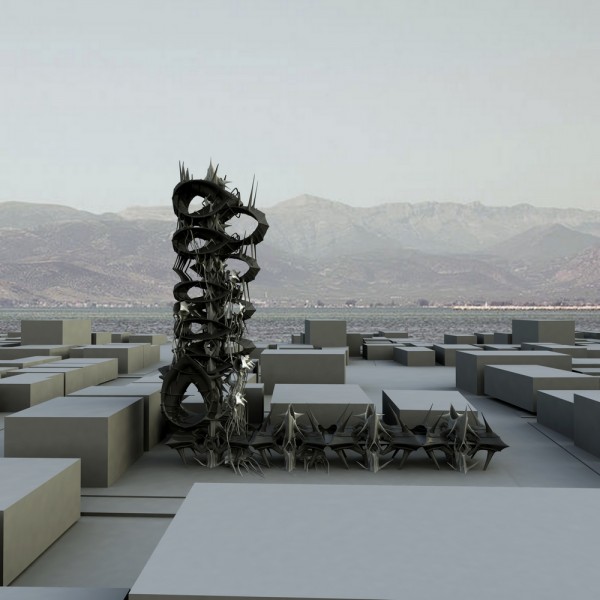The design house prechteck was invited to design a corporate headquater for s.deer, a chinese retail-clothing company based in Nanjing.
The main idea behind the design for the building was to create world of fashion underlining the lifestyle s.deer stands for. As fashion is not just about clothing, the new s.deer headquater should not just be about administration. At fashion shows, photo shootings or previous store designs, cubes in different size and configurations are omnipresent and have been a key object and an unofficial logo for representing s.deer. Inspired by s.deer’s appearance design, rotated cubes were also the formal element for prechteck’s proposal. Read the rest of this entry »

